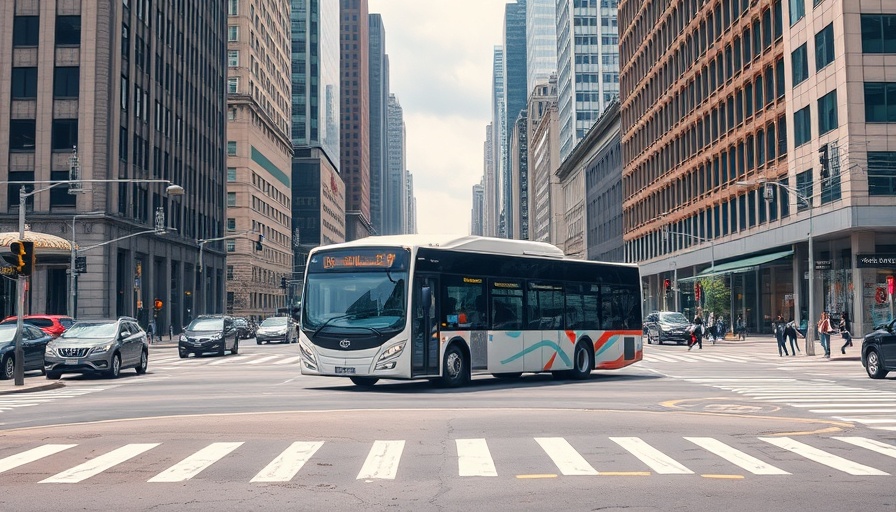
Revolutionizing Creativity: How Robot Drummers Emerge
As technology leaps forward into innovative realms, humanoid robots like the Robot Drummer showcase their potential in creative expression. This groundbreaking machine is not just a testament to robotic capabilities but invites a deeper conversation about the interaction between machines and art. Researchers from SUPSI, IDSIA, and Politecnico di Milano have developed this robotic drummer, capable of showcasing acquired human-like behaviors through advanced machine learning techniques.
The Mechanics of Music: Understanding the Robot Drummer's Process
At the heart of the Robot Drummer's functionality lies a sophisticated learning algorithm that helps it develop rhythmic skills similar to those of human performers. Asad Ali Shahid, the lead researcher on the project, articulated this process, stating that each song is visualized as a series of timed contact goals known as a rhythmic contact chain. This chain guides the robot in determining when and how to strike the drums.
As it trains in a simulated environment, the robot enhances its coordination skills, even adapting its movements and stick-switching techniques to match the flow of the music. This organic learning mimics the natural evolution of a human drummer, showcasing that robots can engage in artistic processes.
The Broader Implications for Robotics and Creativity
As AI and machine learning push the boundaries of what machines can achieve, the implications reach far beyond music. The learning model that underpins the Robot Drummer can be extrapolated to various fields, such as visual arts, dance, and even creative writing. This ability to learn and adapt not only challenges our perception of creativity but could redefine collaborations between humans and machines in artistic and expressive domains.
Future Predictions: The Next Frontier of Humanoid Robots
The advent of expressive robots sparks curiosity about future innovations in robotics. What’s next for machines that can learn and adapt creatively? As technology continues to advance, the likelihood that our interactions with robots will transcend mere functional roles seems promising. Imagine robots performing in orchestras, developing unique styles, or working alongside artists to enhance cultural productions.
Counterarguments: The Risks of Creative AI
However, as we embrace these advancements, it is essential to consider potential risks and ethical implications. Critics argue that placing creativity in the hands of machines could threaten human artistry and originality. This emerging technology brings forth questions about identity, authorship, and the essence of artistic expression. Is a robot's creative output genuinely artistic, or merely an imitation of human production?
Overall, while the Robot Drummer is a fascinating development, it also necessitates robust discussions concerning creativity, ethics, and the future of human-robot collaboration. Balancing innovation with thoughtful consideration of its impact remains crucial.
Taking Action: Your Role in the Future of Technology
As we navigate this extraordinary era of rapidly evolving technology, staying informed about advancements in AI and robotics is essential. Engaging in discussions about the ethical and societal implications of creative machines can help shape our understanding and interaction with these intelligent systems. Follow tech innovations and their impact on society, and be proactive in discussions concerning the ethical guidelines that will govern this fascinating intersection of art and technology.
 Add Row
Add Row  Add
Add 




Write A Comment